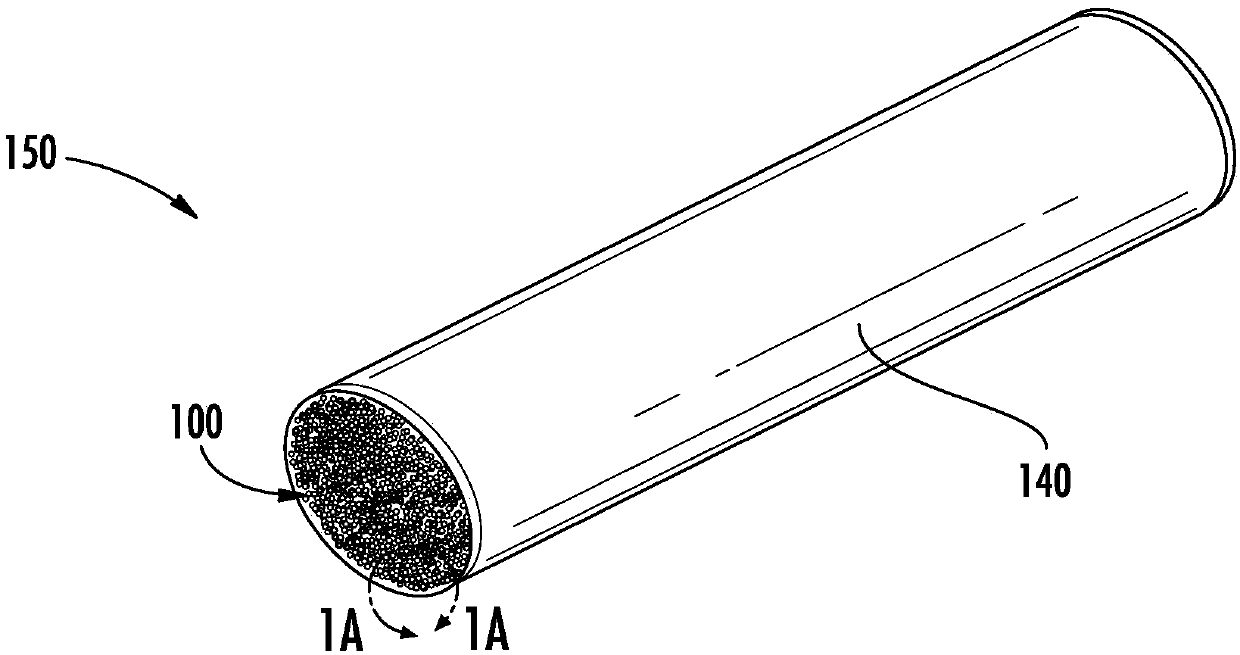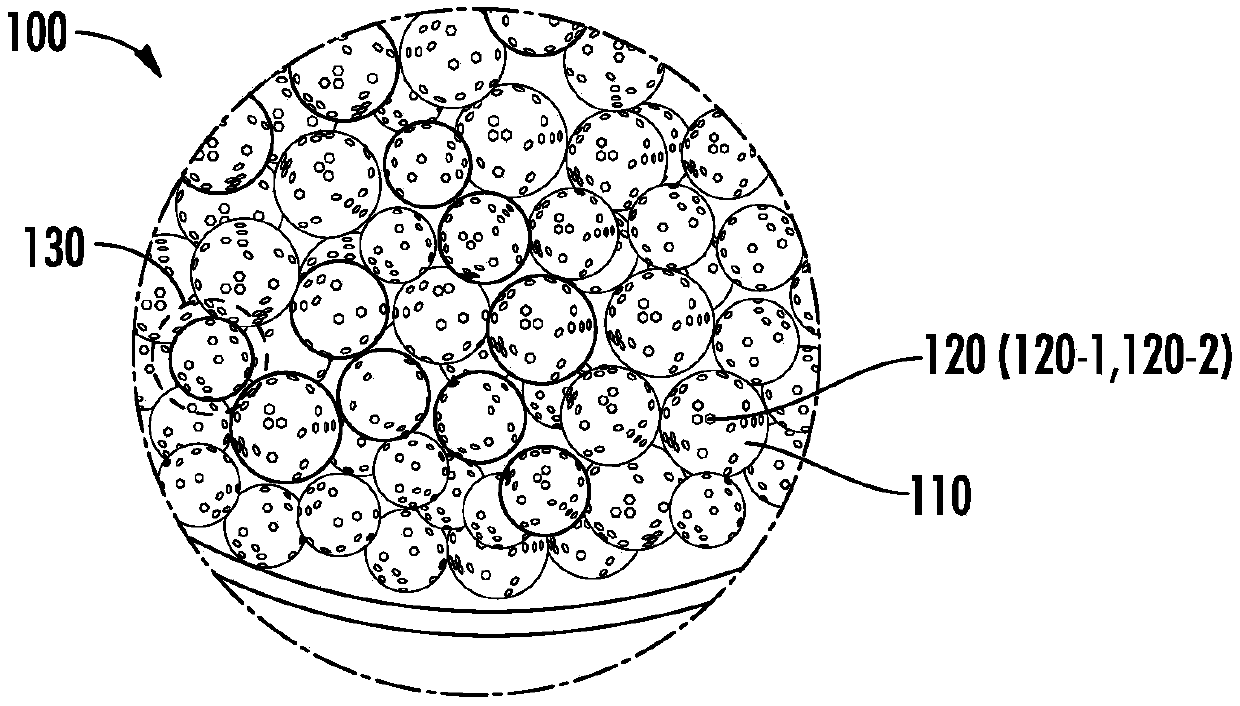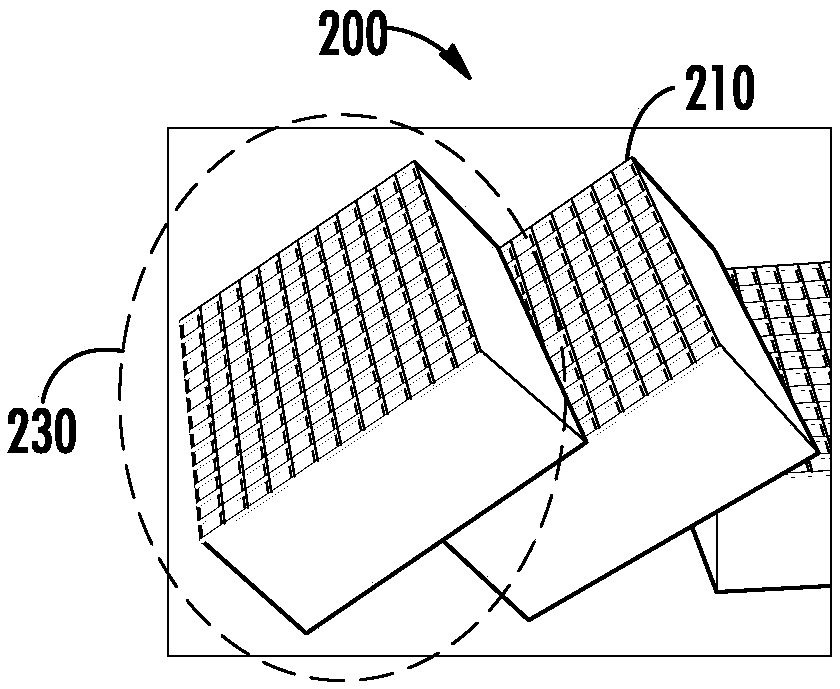Antennas having lenses formed of lightweight dielectric materials and related dielectric materials
A technology of dielectric materials and lens antennas, which is applied in the directions of separately energized antenna arrays, independent antenna unit combinations, antenna unit combinations with different polarization directions, etc., which can solve the problem that antenna application is not a solution, and lens increases antenna cost and weight issues of complexity
- Summary
- Abstract
- Description
- Claims
- Application Information
AI Technical Summary
Problems solved by technology
Method used
Image
Examples
Embodiment Construction
[0064] Antennas have been developed with multi-beam beamforming networks driving planar arrays of radiating elements, such as Butler substrates. However, multi-beam beamforming networks have several potential disadvantages, including asymmetrical beams and problems associated with port-to-port isolation, loss of gain, and / or narrow bandwidth. Multi-beam antennas have also been proposed using Luneburg lenses, which are multilayer lenses, usually spherical, with dielectric materials having different dielectric constants in each layer. Unfortunately, for many applications, the cost of Luneburg lenses is very high, and antenna systems using Luneburg lenses still have problems in terms of beamwidth stability over a wide frequency band.
[0065] US Patent Publication No. 2015 / 0091767 ("the '767 publication") proposes a multi-beam antenna having: a linear array of radiating elements; and a cylindrical RF lens formed from a composite dielectric material. RF lenses are used to focus t...
PUM
 Login to View More
Login to View More Abstract
Description
Claims
Application Information
 Login to View More
Login to View More - R&D
- Intellectual Property
- Life Sciences
- Materials
- Tech Scout
- Unparalleled Data Quality
- Higher Quality Content
- 60% Fewer Hallucinations
Browse by: Latest US Patents, China's latest patents, Technical Efficacy Thesaurus, Application Domain, Technology Topic, Popular Technical Reports.
© 2025 PatSnap. All rights reserved.Legal|Privacy policy|Modern Slavery Act Transparency Statement|Sitemap|About US| Contact US: help@patsnap.com



